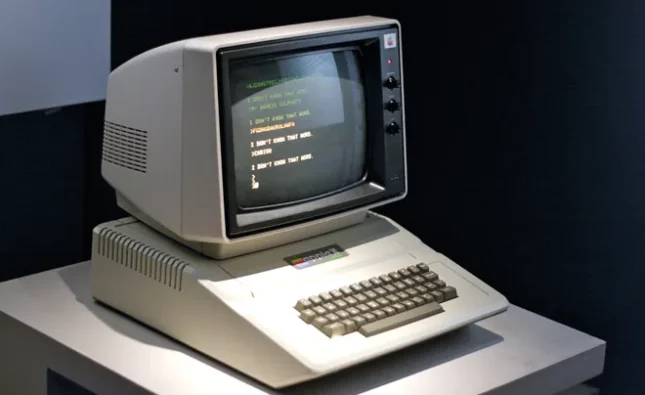
In recent years, the concept of a circular economy has gained traction as a sustainable solution for the world’s finite resources. The circular economy aims to minimize waste and promote the reuse and recycling of materials, in contrast to the traditional linear economy model of “take, make, and dispose.” The electronics industry is one sector where the circular economy is making an impact, and in the United States, it is changing the way manufacturers, consumers, and policymakers view electronics.
The electronics industry is a major contributor to the global economy, but it also generates a significant amount of waste. According to the United Nations, electronic waste is the fastest-growing waste stream globally, with an estimated 50 million metric tons generated in 2019 alone. The circular economy offers a solution to this problem by keeping valuable resources in use and minimizing waste.
In the United States, the circular economy is having a notable impact on the electronics industry. One example of this is the growing trend of electronics manufacturers implementing product take-back programs. These programs allow consumers to return their old electronics to the manufacturer for proper disposal or recycling. In some cases, the manufacturer may even offer incentives for returning old products, such as discounts on new purchases.
Another impact of the circular economy on the US electronics industry is the growing demand for refurbished electronics. Refurbished products are those that have been restored to working condition after being returned or used. Refurbished electronics are becoming more popular as consumers become more environmentally conscious and seek to reduce their environmental impact.
The circular economy is also driving innovation in the electronics industry. As manufacturers seek to design products that are more easily repairable, upgradeable, and recyclable, they are also exploring new business models such as leasing or renting electronics instead of selling them outright. These business models incentivize manufacturers to design products that last longer and are easier to maintain, reducing waste and promoting a circular economy.
The circular economy is not only impacting the electronics industry but also policymakers. The US government has introduced legislation to encourage the circular economy, such as the RECYCLE Act, which aims to improve recycling infrastructure and promote product take-back programs. Additionally, several states have passed laws requiring electronics manufacturers to take responsibility for the disposal of their products, further promoting the circular economy.
In conclusion, the circular economy is having a significant impact on the US electronics industry. From product take-back programs to the growing demand for refurbished electronics, the circular economy is changing the way manufacturers, consumers, and policymakers view electronics. As the world faces increasing environmental challenges, the circular economy offers a sustainable solution for the electronics industry to minimize waste and keep valuable resources in use.










